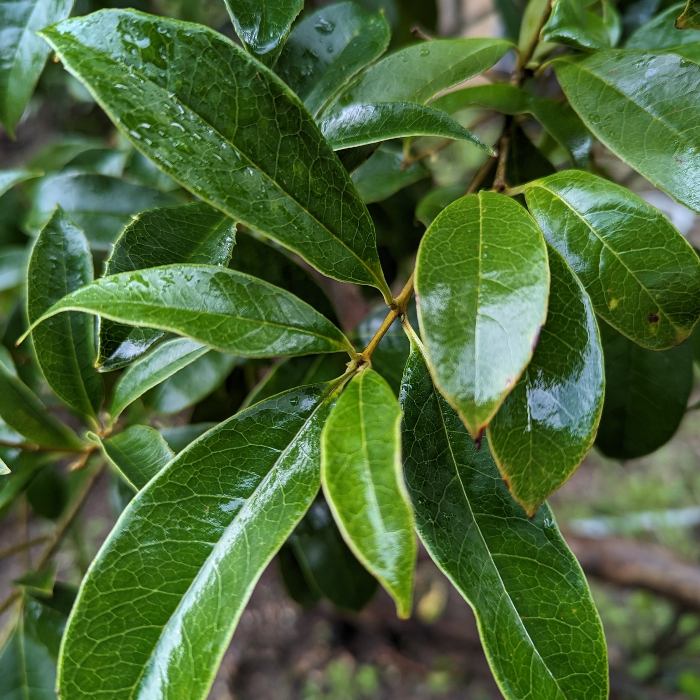UNITED STATES—Pollarding is extreme pruning. It removes all but the most substantial of limbs and trunks. Coppicing is even more extreme. It leaves only stumps above ground. Both are common and respected arboricultural techniques outside America. However, they are vilified here. Actually, very few arborists here know how to pollard and coppice properly or admit to it.
There are many valid reasons to pollard or coppice trees or big shrubs. Both techniques stimulate vigorous growth. Lush foliage of such growth is useful as fodder, particularly for silkworms. Elongated stems of such growth are useful for basketry and kindling. Species that bloom on older stems cannot produce pollen or messy fruit after annual procedures.
Although silkworms, basketry and such are unimportant within an average home garden, proper pollarding or coppicing enhances vigor. This enhances the bloom of species that bloom on new stems. Vigorous growth of pollarded crape myrtle is atypically resistant to mildew, and also blooms zealously. Coppice pruning eliminates unsightly thicket growth.
Realistically, not many plants respond favorably to coppice pruning.
Pollarding is generally useful for trees and large shrubs that retain primary trunks. Only a few of the many species that inhabit home gardens are conducive to it. Since secondary growth is initially structurally deficient, it will most likely need subsequent pruning during subsequent winters. Some vigorous pollarded trees are dependent on annual pollarding.
Coppicing is generally useful for large and vigorous shrubbery, and perhaps a few types of trees. Coppiced shrubbery is not as reliant on subsequent pruning as pollarded trees. They either benefit from pruning as they grow anyway, or do not get too heavy to support their weight. Both coppice and pollard pruning can happen only during winter dormancy.
Realistically, the majority of plants in home gardens are conducive to neither coppice nor pollard pruning. Cypress hedges die if cut back to stumps. Grafted plants, even if pruned above their graft unions, are likely to regenerate from their understock. However, some of the most popular hedge plants, such as privet, holly, photinia, osmanthus, English laurel and bottlebrush regenerate splendidly.
Highlight: Sweet Olive
It may not seem like much to take notice of. Sweet olive, Osmanthus fragrans, resembles glossy privet, but is neither as glossy nor quite as richly green. The dense and evergreen foliage can work about as well for a formal hedge though. It is even better as a small and billowy tree. It gets at least as high as ground floor eaves and can reach upstairs eaves.
The primary allure of sweet olive is its delightfully pervasive and fruity floral fragrance. Its small and slender clusters of tiny pale white, yellow or gold flowers are mostly obscured by foliage. For those who are unfamiliar with it, the fragrance might be difficult to identify. Bloom is most abundant before and after summer. Sporadic bloom happens at any time.
Because sweet olive is more olfactorily appealing than visually appealing, it works quite nicely as in informal hedge behind prettier plants. It can stay narrow between windows of neighboring homes that are a bit too close together. If enough flowers are available, they might flavor tea and confectionery. A cultivar with variegated foliage is unfortunately rare.
Tony Tomeo can be contacted at tonytomeo.com.






